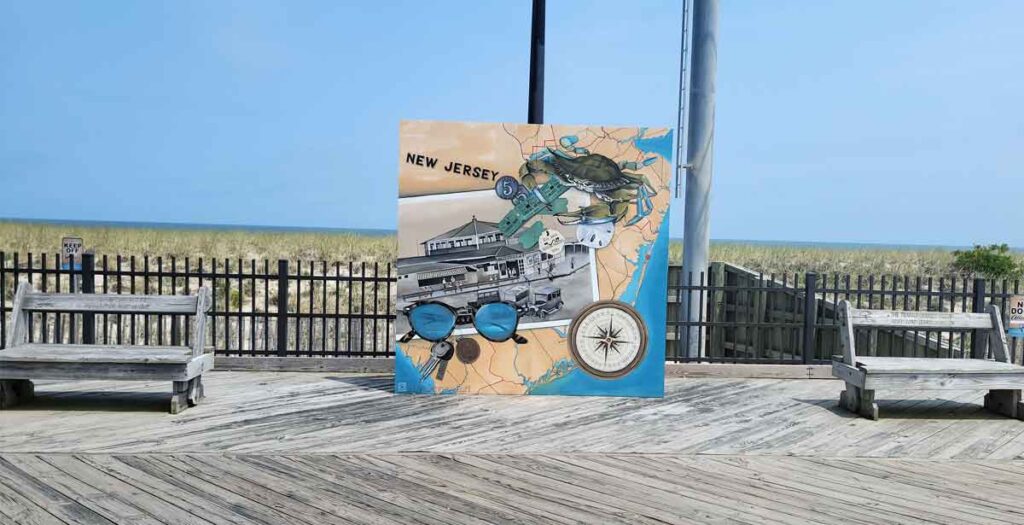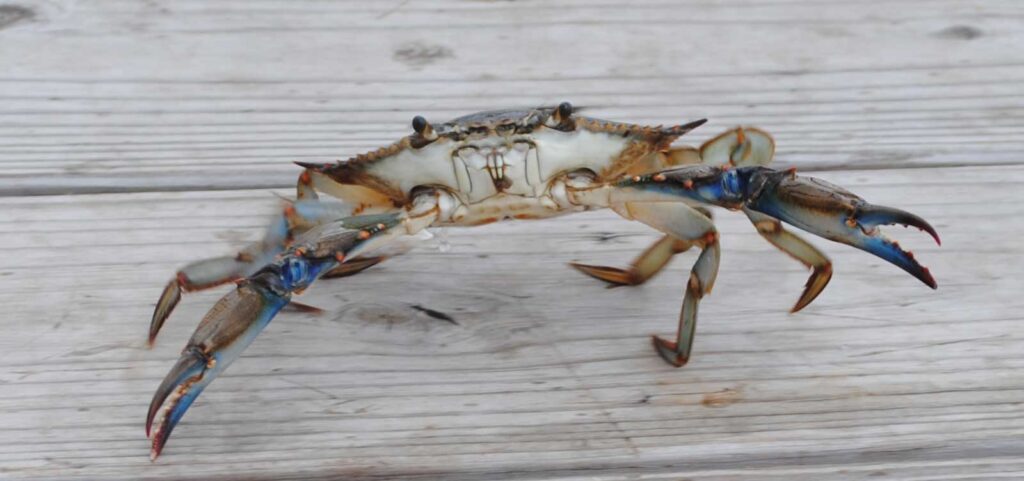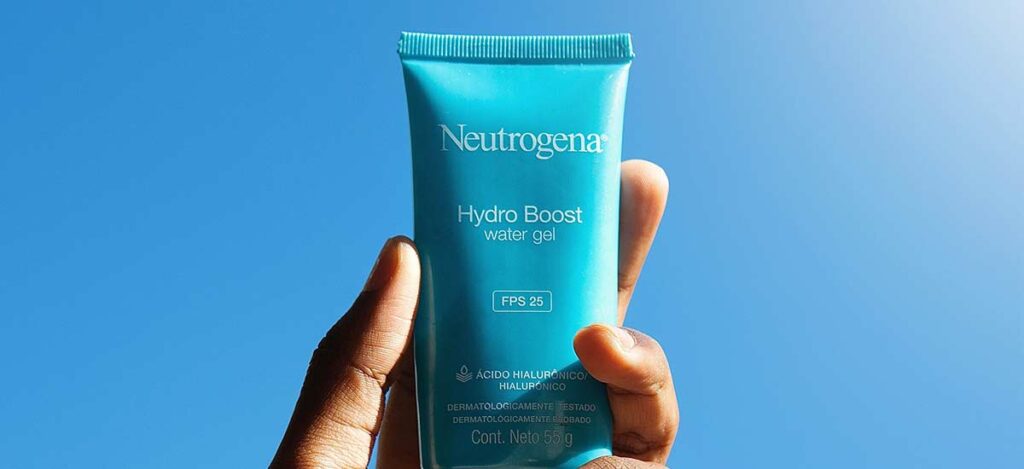Boogie boarding is an exciting and thrilling beach activity. Best of all, it doesn’t require any specific prior experience to get out on the waves and ride the surf. If you’re a beginner, it’s important to understand the basics of how to boogie board before you hit the beach. Being comfortable in the water is also extremely important. Here are some tips to help you get started!
How to Boogie Board
1. Choose the Right Equipment
The first step in learning how to boogie board is selecting the right equipment. Avoid flimsy foam boards typically found at the grocery store. Instead, invest around $40 in a decent board, or consider spending a bit more for a high quality boogie board. It’s crucial to choose a board that can support your body weight effectively. If possible, look for a board with fins or channels along the bottom. These features provide extra stability and maneuverability when riding waves.
Always remember to attach a leash to your board, connecting it to your wrist or ankle. This way, if anything goes wrong while you’re in the water, you won’t lose your board in the waves. Additionally, it’s a good idea to wear a rash guard to protect your chest from potential irritation.
2. Learn How to Read The Waves
The second step in learning how to boogie board is finding the right wave to ride. To do this, you need to know which way the waves are going and how big they might be. Here’s what you should look for:
Wave direction: Check if the waves are breaking parallel to the shoreline, not at an angle to the left or right. Waves that break parallel to the shore will give you a smoother and longer ride.
Wave consistency: Look for waves that break consistently, one after another, with short pauses in between. This means there are waves coming in regularly. You will have more chances for you to position yourself and paddle at the right moment.
Wave height: Aim for waves that are around waist to chest level. Waves that are too small won’t have enough power for you to ride, while waves that are too big can be difficult to handle.
Wave peak: Watch for the point where the wave starts to break and forms a crest. Ideally, you want to catch the wave when it’s at its peak or just before it breaks. This is when the wave has the most power and gives you a better ride.
3. Catch a Wave
Now you know how to read the waves, the next step learning how to boogie board is actually catching a wave. Start by lying flat on your belly while holding onto both sides of your board, then kick your legs as if swimming butterfly stroke while paddling with both hands at an even pace to move forward quickly without tiring yourself out too soon.
Start paddling with your hands as the wave approaches from behind. Maintain a good speed and try to match the wave’s pace. Timing is crucial to catch the wave at its peak.
As the wave reaches you, use your arms to push your body up and forward while simultaneously sliding onto the board. Make sure your chest is positioned near the front of the board, allowing the wave to propel you forward.
Once you’re on the wave, keep your weight centered on the board and use your legs to stabilize yourself. Bend your knees slightly and lean into the direction you want to turn or steer.
4. Master Balance
Having learned how to boogie board, the next step is to master your balance. Once you catch a wave, maintaining stability is crucial for riding faster and larger swells successfully. Here’s what you need to do:
- Position your feet: Keep your feet centered on either side of the board’s middle point. This balanced stance will help you maintain control and stability while riding the wave.
- Arm placement: Keep your arms close together at chest level or slightly behind you. This position enhances your control over movements like turns and dives. It also helps with maintaining balance and adjusting your weight distribution as needed.
- Shore breaks and steep drops: When riding shore breaks or encountering steep drops from bigger waves further offshore, focus on maintaining your balance by shifting your weight slightly forward or backward. This adjustment can help you navigate the wave’s impact and maintain control.
Remember, practice makes perfect! By honing your balance skills and adapting to different wave conditions, you’ll know how to boogie board with greater confidence and enjoyment.
How Do You Avoid Surf Rash?
To avoid a rash from boogie boarding there are 4 things you should do. One, keep your board clean. Before each use, be sure to check the surface of the board for any foreign objects such as sand, broken shells or sharp rocks.
Two, use a good quality wax on the top of your board. You want to make sure that the board is not too slippery or abrasive. Wax is also made for different temperatures of water. Be sure to buy some that is appropriate for the water you will be in.
Three, make sure that you are wearing clothes that cover up most of your body when riding on the board. This includes wearing shorts with longer legs and shirts with long sleeves if possible.
Four, apply a product to minimize chafing such as Body Glide.
What is Skimboarding vs Boogie Boarding?
Skimboarding and boogie boarding involve different techniques and equipment. Skimboarding involves gliding along the water’s surface. To skimboard, run with the board, drop it onto the wet sand, and then jump onto it to slide across the water’s surface as the incoming waves recede. Skimboarding often involves performing tricks, riding waves close to the shore, and maneuvering along the water’s edge.
Boogie boarding, also known as bodyboarding, involves riding waves using a larger and more buoyant board. Boogie boarders lie on their stomachs or in a prone position on the board, paddling with their arms and kicking their legs to catch waves.
Do You Stand On A Boogie Board?
No, you don’t stand on a boogie board. When boogie boarding you lie on your stomach while riding the waves (some people may sit). Standing on a boogie board can make it unstable and difficult to control. The design of the board, with its smooth bottom and curved shape, is optimized for maneuverability and speed when a person is in a flat or sitting position.
How High Do The Waves Need To Be To Boogie Board?
The ideal wave height for boogie boarding is typically around waist to chest level. Waves of this size provide enough power and energy for you to catch and ride them comfortably on a boogie board. Waves that are too small may not have enough force to carry you, while waves that are too big can be challenging to handle and may pose safety risks, especially for beginners learning how to boogie board. It’s important to assess the wave conditions and choose waves that are suitable for your skill level and comfort in the water.
How Can You Spot a Rip Current?
To spot a rip current, you can look for a few different things. First, look for an area where the water looks different: Riptides can make the water look choppy, foamy, or discolored compared to the rest of the ocean. Second, watch out for a place where waves aren’t breaking. Third, pay attention to things like foam or seaweed moving away from the beach. When learning how to boogie board this is an important skill to master.
What Age is Appropriate to Start Boogie Boarding?
Learning how to boogie board can be enjoyed by people of various ages. More important than age is this activity is for children and adults who are comfortable swimming in the ocean.
In conclusion, learning how to boogie board can mean endless fun in the water. By following the steps outlined in this guide, you’ll be well equipped to embark on your boogie boarding journey.
Ultimately, the key to mastering how to boogie board lies in practice and perseverance. Embrace the excitement, enjoy the rush of riding the waves, and savor the joy of gliding through the ocean. With time and dedication, you’ll become a skilled boogie boarder, creating unforgettable memories along the way. So grab your board, hit the waves, and let the adventure begin!
THE AUTHOR
VENESSA REGALI
I have spent my whole life going to and loving the beach. I am a wife, a mom of 2, and a business leader with an MBA in Marketing from Seton Hall University. I have been writing about Seaside Heights and the beach for the past 10 years. I love discovering new things about our town and helping you make the most of your vacation. The only thing I love more than writing about Seaside Heights is being there. The beach is my happy place!

Book Your Seaside Heights Vacation Rental Today
Don't wait! All the best rentals book fast. We have you covered Seaside Heights has hundreds of rental options.
Paid Link
Explore Beach Vacation Rentals




